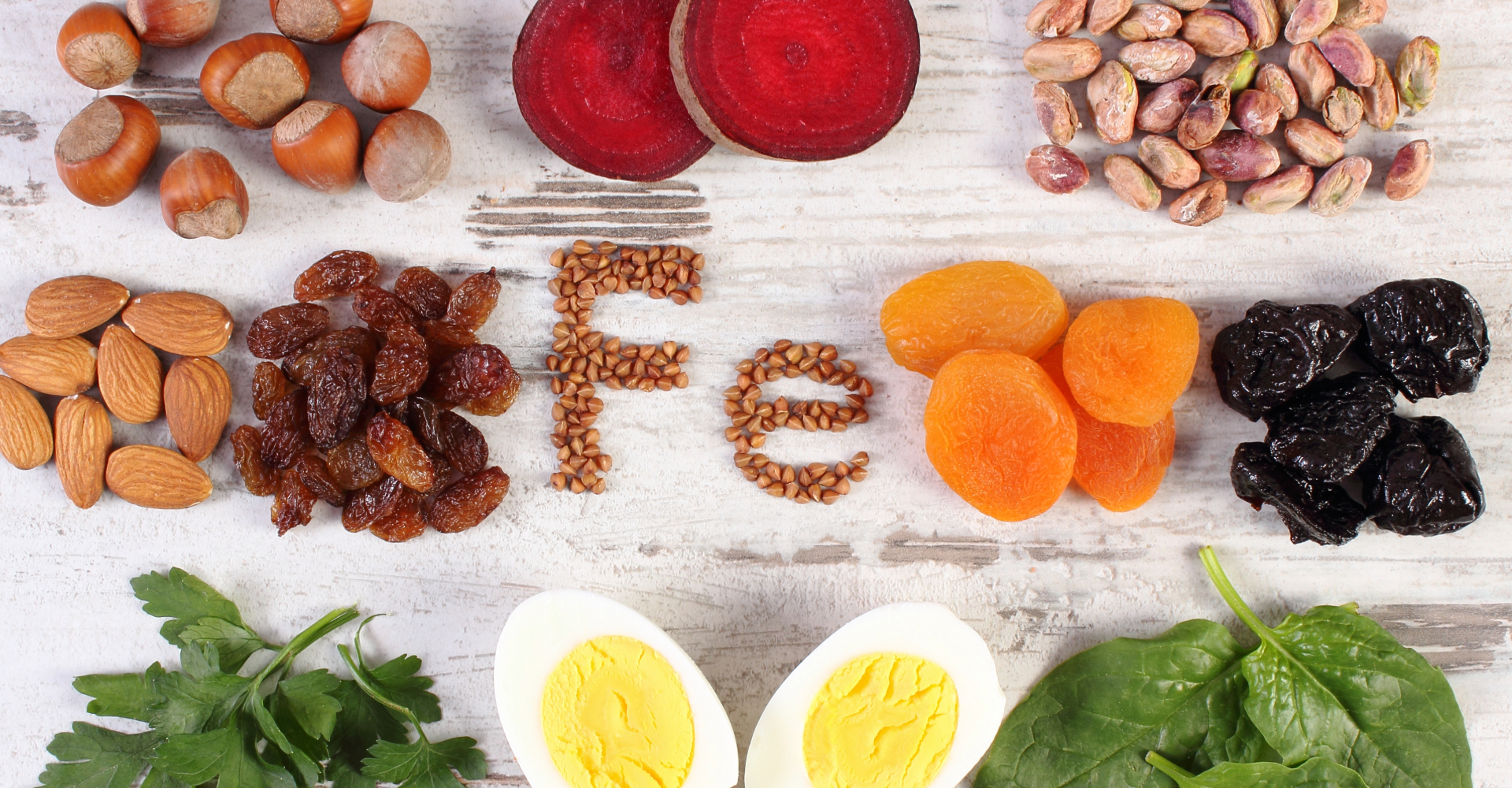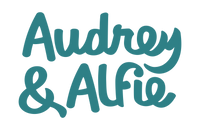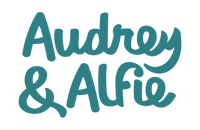
Iron is a vital nutrient for health and wellbeing. One of its most important jobs is to transport oxygen to different tissues around your body.
If you don’t have enough iron in your body, you won’t be able to carry as much oxygen, which can cause symptoms such as fatigue.
The amount of iron children need is quite high, due to all the growing they are doing. In fact, the amount of iron recommended each day for a child between the ages of 4-8 years old is actually higher than the amount recommended each day for an adult male. This doesn’t mean children need to eat the same amount as an adult male, but it does demonstrate the importance of choosing iron-rich meals and snacks for children, regularly.
In Australia, many children don’t get enough iron through their diet. This is particularly common in children who:
- are fussy eaters
- snack a lot (and don’t consume main meals)
- enjoy the ‘beige’ diet (pasta, bread, rice, and not much else)
- follow a vegetarian or vegan diet
- drink a lot of milk (>500mLs/day when over age 1)
- Fatigue / tiredness
- Not growing at the expected rate
- Pale complexion
- Difficulty concentrating
- Headaches
- Becoming out of breath easily
For a full list of symptoms, and more detailed information about the types of iron depletion and deficiency, visit the Better Health Channel website here.
Offering plenty of iron-rich foods is the best way of preventing iron deficiency.
Good iron-rich foods include:

Scroll down for a handy infographic from healthdirect.com.au on the iron content of different foods, and some example meal plans.
It is important to note that plant sources of iron (i.e. dark green vegetables) contain a different type of iron to animal sources (i.e. beef), that is harder for our bodies to use. Vitamin C can help our bodies to use more of the plant iron, so having a good vitamin C food alongside can be really helpful. This could be a cut up orange or small glass of orange juice, some chopped tomatoes or roast pumpkin, for example.
To help do some of the hard work for you, we’ve added a list of our favourite iron-rich snacks and meals below, including vitamin C sources where it’s helpful.
Iron-rich snack ideas:
- Hard boiled egg and 1 cup mixed berries
- Handful of cashew nuts and 1 orange
- Small tin of tuna and 2 wholemeal crackers
- Slice of wholemeal bread with nut/seed butter and small glass orange juice
Iron-rich meals ideas:
- Beef bolognese made with chopped tomatoes and pasta
- Pork meatballs with extra veg & pasta
- Shepherds pie (lamb) made with sweet potato
- Chicken & spinach risotto
- Lentil dahl / lentil bolognese served with fruit
- Omelette with spinach & tomato, served with broccoli

If you think your child may be suffering from symptoms of iron deficiency, or you are concerned about their health, wellbeing or eating habits, consult your GP.


Comments (0)
Back to Nutrition & Health